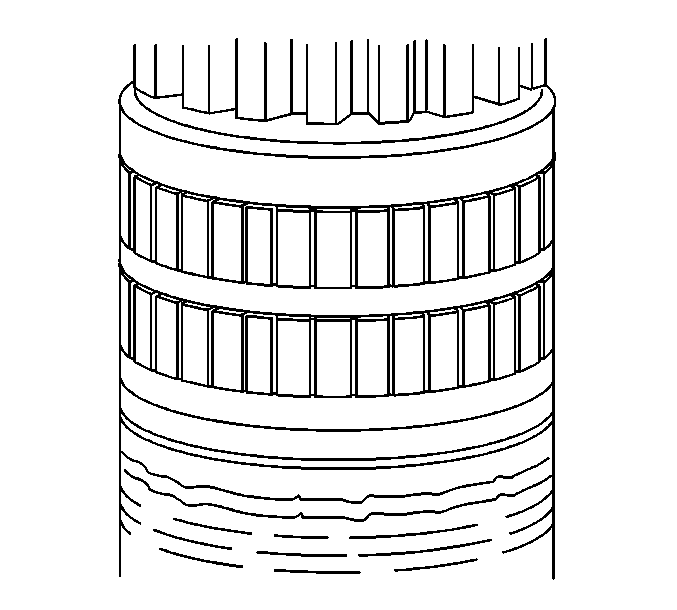
- Clean all the parts in
a suitable solvent and air dry.
- Inspect the mainshaft races for brinelling.
This is
a typical type of gear damage. Indentations occur in the circulative face,
spaced the same as the roller bodies. This kind of damage only affects the
race-shaft and gear-bore-race of the selected gear. Affected
areas can be identified on the roller bodies. This kind of gear damage is
serious due to the very high increase in radial play on helical-cut
gears. This can result in contact pattern displacement on the mating gears
and can even cause tooth failure.
- If brinelling is present replace or repair the affected parts.
Brinelling can be caused by the following conditions:
| • | Vehicle related reciprocating loads |
| - | Driving at a low road speed in a high gear |
| - | Defective vibration dampers on crankshaft |
| - | Imbalance of the propeller shafts |
| - | Engine related factors, if diesel equipped, incorrectly set injector
pump |

- Inspect the mainshaft
for fine brinelling.
Fine brinelling is a combination of brinelling
and wear. The race surfaces are brightly polished, but show signs of consecutive
depressions, brinelling.
- If fine brinelling is present, replace or repair the affected
parts.
Fine brinelling can be caused by the following conditions:
| • | Vehicle related reciprocating loads |
| - | Driving at a low road speed in a high gear |
| - | Defective vibration dampers on crankshaft |
| - | Imbalance of the propeller shafts |
| - | Engine related factors, if diesel equipped, incorrectly set injector
pump |

- Inspect the mainshaft
for tribological oxidation, infinitely brinelled surface.
Tribological
oxidation occurs in the shaft bearing races and the gear bore races. It takes
the form of uniform radial wear, idler gear wear. It does not take the form
of plastic deformation, but consists entirely of smoothing, caused by material
wear, which results from fretting corrosion. The race surfaces are always
highly polished, mirror quality.
- If tribological oxidation is present, replace or repair the affected
parts.
Tribological oxidation can be caused by the following
conditions:
| • | Vehicle related reciprocating loads |
| - | Driving at a low road speed in a high gear |
| - | Defective vibration dampers on crankshaft |
| - | Imbalance of the propeller shafts |
| - | Engine related factors, if diesel equipped, incorrectly set injector
pump |
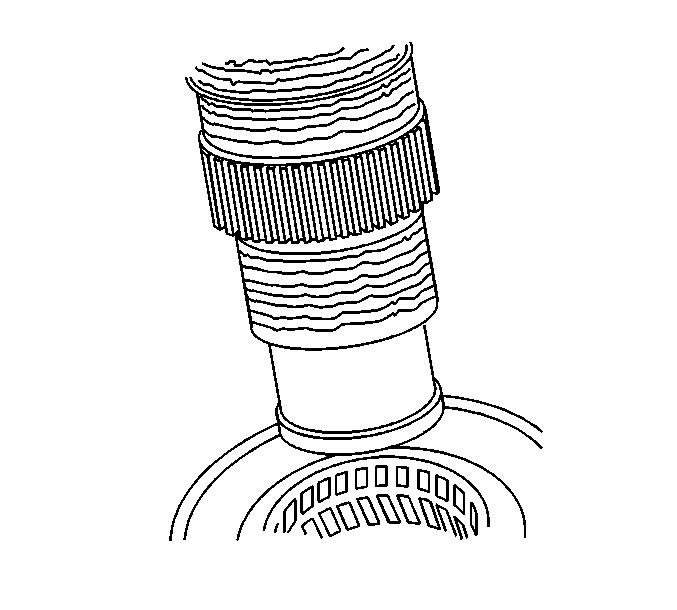
- Inspect the mainshaft
for traces of fretting.
If cooling or lubrication in the needle
bearings is no longer sufficient, this can lead to overheating and cause
fretting corrosion or seizure of the bearing.
- If fretting is present, replace or repair the affected parts.
Fretting can be caused by the following conditions:
| • | Lubrication oil has undergone thermal aging |
| • | Incorrect oil specifications |
| • | Towing the vehicle with the propeller shaft connected |
| • | Engine related factors, if diesel equipped, incorrectly set injector
pump |
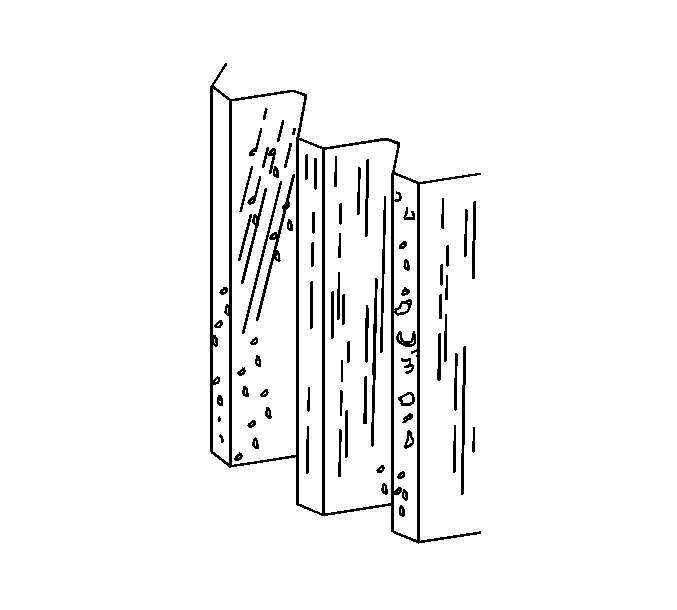
- Inspect the gears for
break-in-wear, running-in-wear.
Break-in-wear is not considered to be damage because it usually
ceases after the running-in-period has expired, without damaging
the components. Rough peaks produced during manufacture are worn away or,
to some extent, are rolled into the surface. The surface structure, grinding
and shaving marks are still visible.
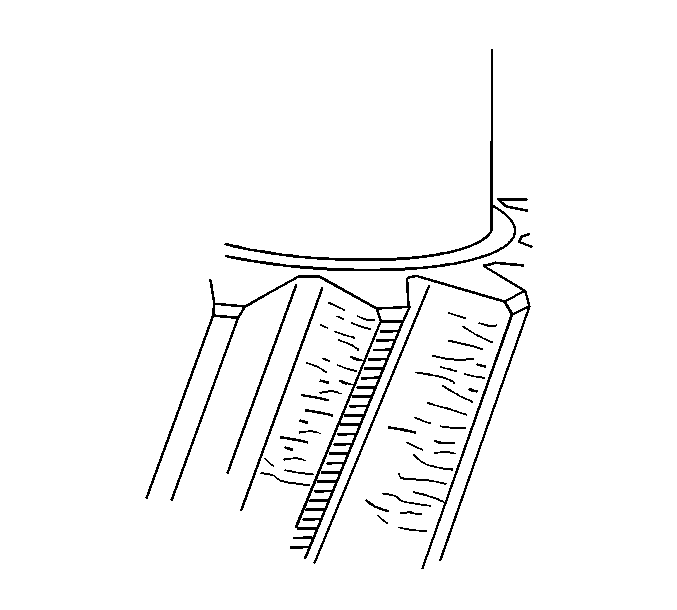
- Inspect the gear teeth
for scratches.
Scratches are linear indentations on the flank,
running in the direction of sliding.
- If scratches are present, replace the affected parts.
Scratches can be caused by the following conditions:
| • | Dust and abrasive particles, including those caused by flank contact,
in the lubricating oil |
| • | The sliding action of the flanks |
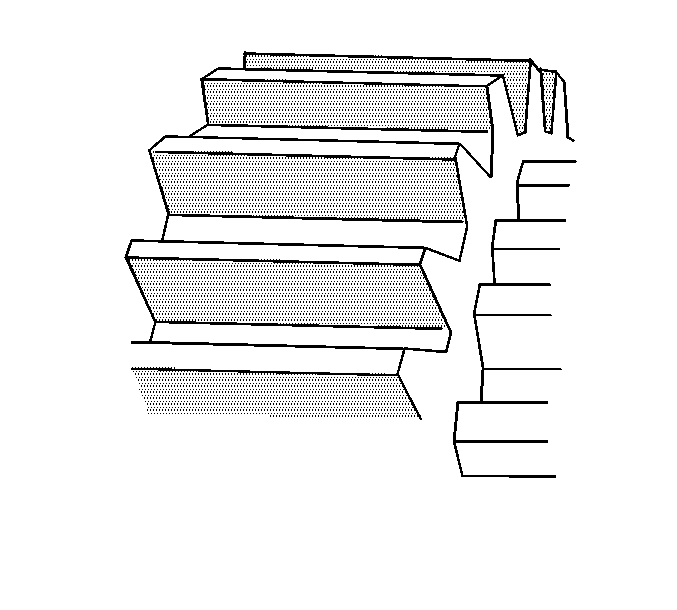
- Inspect the gear teeth
for abrasive wear.
The marks left by the machining process are
erased from the active flank. Instead, the entire flank takes on a matte
gray appearance. Substantial changes take place in the tooth profile and
clearance once abrasive wear has reached an advanced stage. This not only
increases the noise level, but can also cause secondary damage.
- If abrasive wear is present, replace the affected parts.
Abrasive wear is caused by the following conditions:
| • | Oil contamination resulting from wear or surface fatigue in other
areas of the transmission |
| • | Sand, sludge, etc. penetrating into the transmission from the
outside |
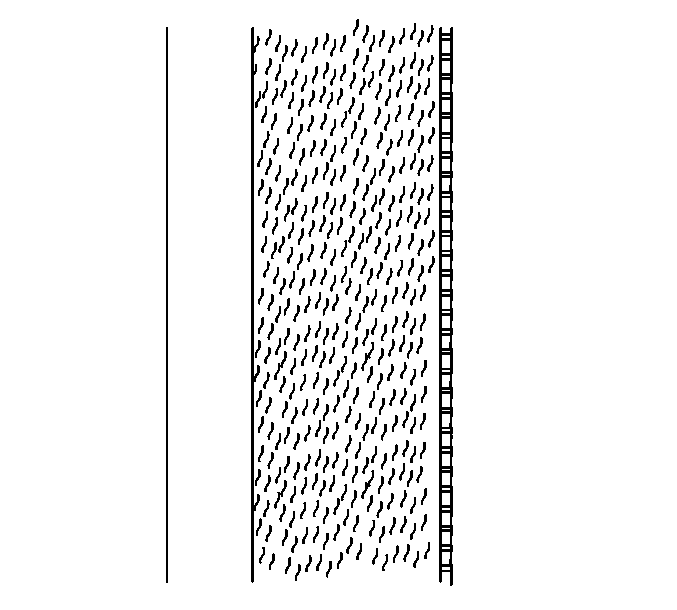
- Inspect the gear teeth
for rippling or brinelling.
The polished tooth flanks show signs
of ripple-like alterations in the surface structure which run perpendicular
to the direction of sliding, resembling a washboard.
- If rippling or brinelling is present, replace the affected parts.
Rippling or brinelling is caused by the following conditions:
| • | A combination of inadequate lubrication, high flank loads and
low peripheral speeds |
| • | Friction-induced vibration |

- Inspect the gear teeth
for light scoring.
Rough, partially porous lines or areas aligned
in the direction of sliding. When the film of lubricant is torn away between
the flanks, this permits direct metal-to-metal contact, causing
seizure or welding. These welded zones are immediately torn apart again,
producing the damage associated with scoring. Scoring initially occurs in
areas subjected to high hertz frequency stresses and high sliding speeds,
usually along the tooth root and tooth tip. Light scoring only covers part
of the entire surface of the flank, or is not strongly developed and has
caused only insignificant wear after smoothing.
- If light scoring is present, replace the affected parts.
Light scoring is caused by the following conditions:
| • | Inadequate oil viscosity |
| • | Unfavorable gear geometry |
| • | Temporary lack of lubricant |
| • | Faulty heat treatment of the gears |
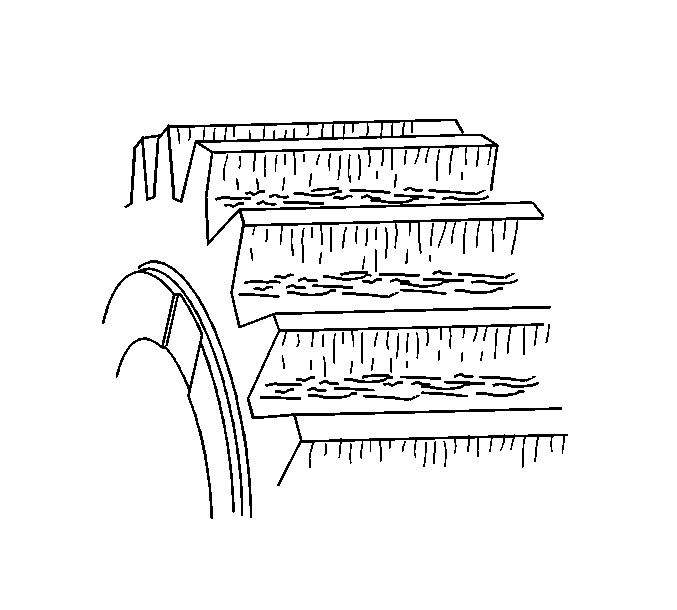
- Inspect the gear teeth
for severe scoring.
Severe scoring is the same as light scoring,
except large areas of the tooth flank are affected. At an advanced stage,
the flank may heat up to such an extent that localized discoloring occurs.
- If severe scoring is present, replace the affected parts.
Severe scoring is caused by the following conditions:
| • | Inadequate oil viscosity |
| • | Unfavorable gear geometry |
| • | Temporary lack of lubricant |
| • | Faulty heat treatment of the gears |
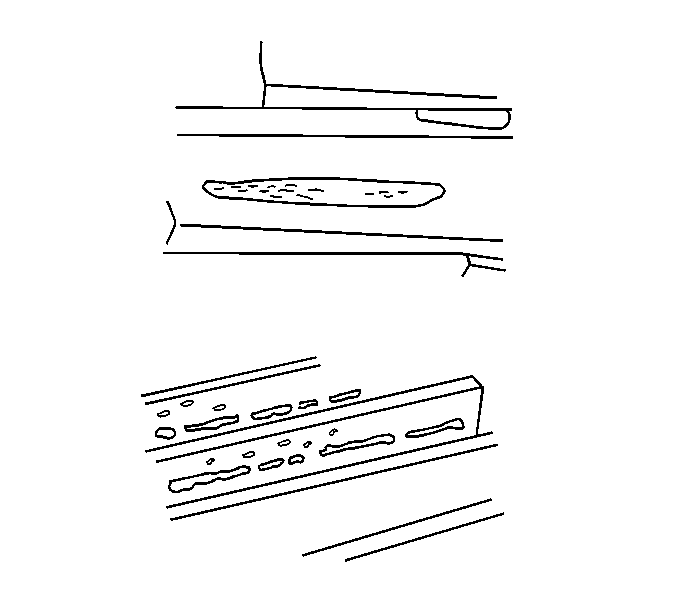
- Inspect the gears for
flank fatigue causing gray spots.
Gray spots are localized pittings
on the flank caused by material fatigue - extremely fine pittings formed
on the load-bearing flanks. If they are in cluster, they appear, to
the naked eye, as matte gray staining. Under high magnification, a large
number of microscopic cracks become visible on the flank. Pittings originating
from these cracks may create the appearance of local flank wear. Most of
the gray spots are located in the root zone of the gear teeth.
- If gray spots are present, replace the affected parts.
Gray spots are caused by the following conditions:
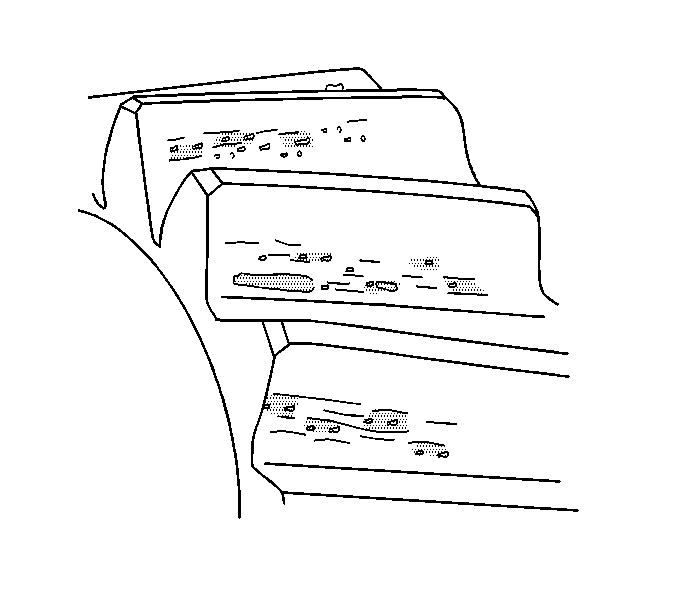
- Inspect the gear teeth
for slight pittings.
Slight pittings are pore-like areas
of individual pittings on the flank, caused by material fatigue. Usually
slight pittings are only present in the root zone of the flank. Slight pittings
may cease after the run-in. A change in operating conditions may also
stop continued development of slight pitting.
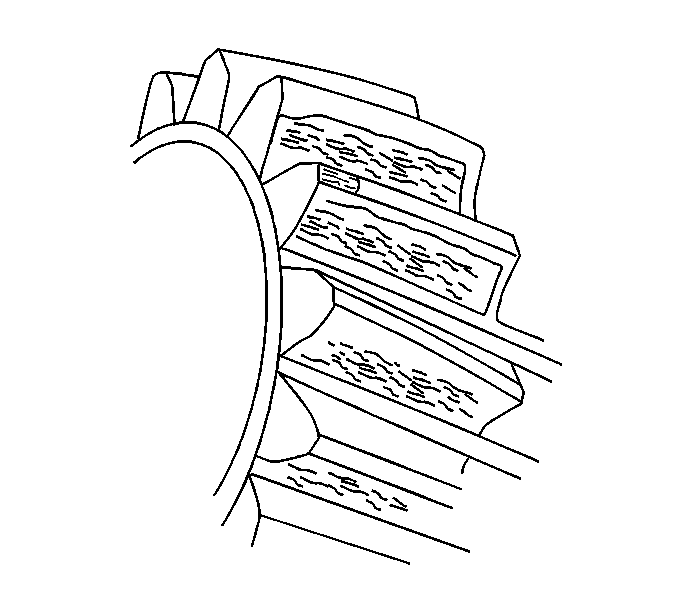
- Inspect the gear teeth
for pittings.
Pittings are material fatigue on the flank. The
total pitting surface may become so large that smooth running is considerably
impaired or the remaining flank face, still bearing the load, will soon be
destroyed by wear.
- If pittings are present, replace the affected parts.
Pitting is caused by the following conditions:
| • | Exceeding the sliding and rolling stresses for the material |
| • | Incorrect oil viscosity |
| • | Excessive operating temperature |
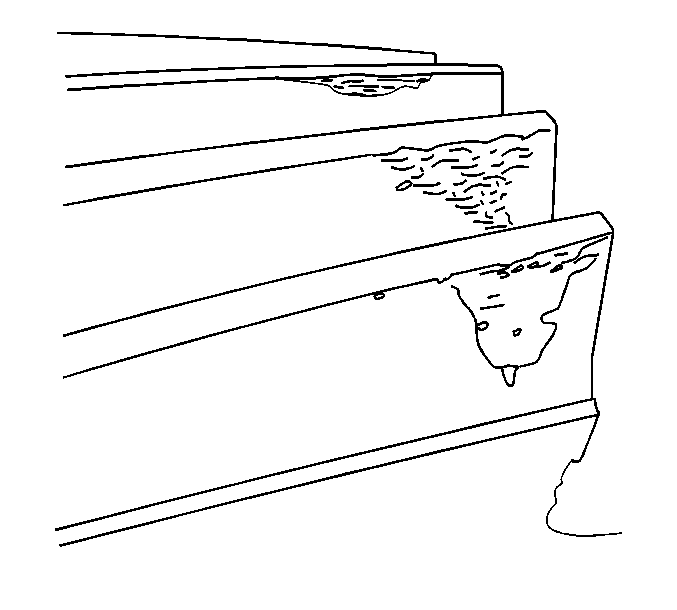
- Inspect the gears for
spalling.
Spalling is extensive triangular pits on the flank,
spreading from a zone of gray spots or a fine line of pits at the root. The
depth of the exposed surface is relatively constant throughout. Further cracks
may extend from the pits at an angle. In some cases, the damage may even
progress into the tip zone, causing tip damage.
- If spalling is present, replace the affected parts.
Spalling is caused by the following conditions:
| • | Exceeding the sliding and rolling stresses for the material |
| • | Incorrect oil viscosity |
| • | Excessive operating temperature |

- Inspect the gears for
overheating damage.
Overheating damage causes grayish to bluish
black discoloration of the gear, burnt oil, and reduced hardness. Due to
the reduction in hardness, there is scored or grooved flank wear in the direction
of sliding, particularly in the tip and root zones. If there is extreme overheating,
the material softens, causing distortion of the gear teeth, bent teeth -
thermal deformation.
- If damage from overheating is present, replace or repair the affected
parts.
Overheating is caused by the following conditions:
| • | Temporary or complete lack of lubrication, low oil level |
| • | Very high peripheral speeds |
| • | Insufficient tooth clearance |
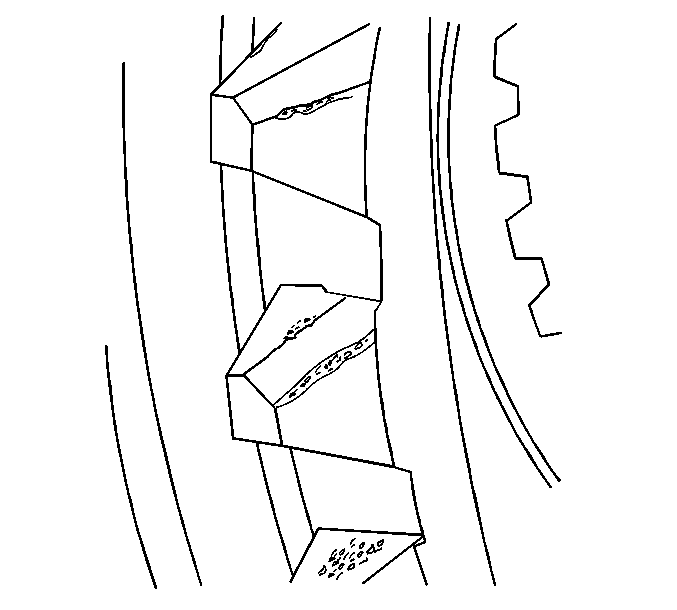
- Inspect the selector teeth
of the gears for gear change damage.
The tooth edges are worn
and chipped and, in some cases, affected by plastic deformation as a result
of high shift loads, ragged edges. Such severe deformation of the selector
teeth edges causes hard gear shift changes. The spline flanks may also show
signs of wear resembling fretting corrosion.
- If gear change damage is present, replace or repair the affected
parts.
Gear change damage is caused by any of the following
conditions:
| • | Corresponding speeds of gears not adequately matched |
| • | Operating the transmission incorrectly |
| • | Incorrect clutch operation |
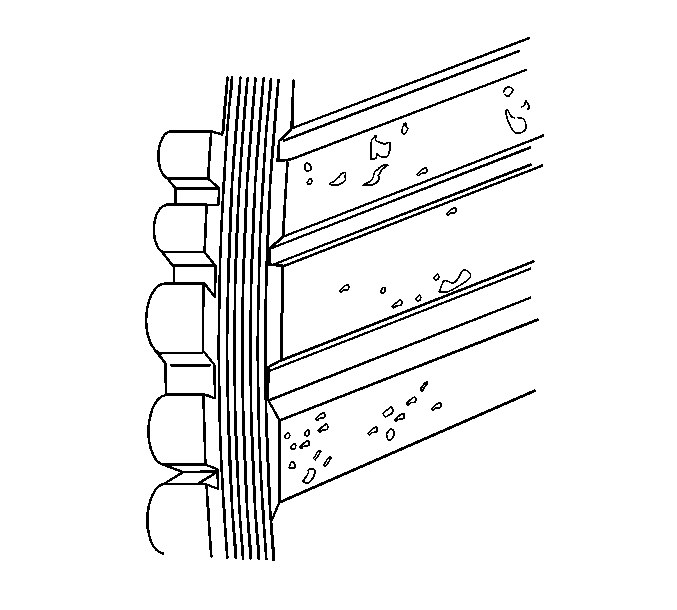
- Inspect the gears for
corrosion.
Gear corrosion causes brownish red to black spots,
sometimes with local material loss on the flank. If corrosion has not caused
material loss to the flank, the sliding and rolling action of the flank can
help to remove some of the corrosion.
- If corrosion is severe, replace the affected parts.
Corrosion is caused by the following conditions:
| • | Water or salt water entering the transmission |
| • | Condensation forming under unfavorable operating conditions |
| • | Oil aging and the decomposition of corrosion inhibitors |

- Inspect the idler gears
for brinelling.
Brinelling occurs on the roller races of the
idler gears and is characterized by what appears to be the impression of the
bearing rollers. If the bearing only performs a supporting function over
a long period of time, there is not movement between the gear and the supporting
shaft, the bearing contact areas may show signs of fretting corrosion.
- Replace any gears showing brinelling.


















